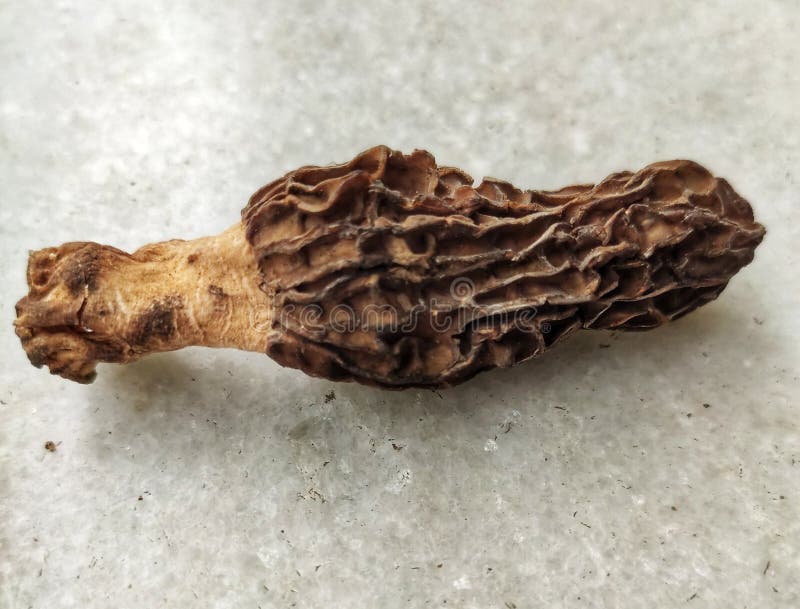
The roles of these soil-associated bacteria and fungi include the prevention of pathogenic infections, transport and cycling of materials in the soil for mushroom growth, and the induction of primordial fruiting body formation. Recent studies have shown that soil-associated microbes are known to influence the growth and development of some mushrooms that need a casing of soil layer, e.g., Agaricus bisporus, Ganoderma lucidum, Phlebopus portentosus, and Stropharia rugosoannulata. Unsuccessful cases of morel culture may be due to the unstable quality of strains (e.g., high genetic diversity, spawn aging, and degeneration), pathogens, environmental factors (e.g., temperature, humidity, and soil moisture), exogenous nutrition, soil characteristics, and soil microbial community dynamics. However, a field survey of morel cultivation from 2019 to 2020 found that half of the morels’ cultivation failed to bear fruit or exhibited a low reproduction rate, and more than 70% of growers could not obtain stable profits. The annual yield in 2020 upped to 15,000 tons (fresh weight) in China and maintained its growth trend (unpublished data). From 2011 to 2020, the cultivated area rapidly expanded from 200 ha to 10,000 ha, and the yield of fresh morel increased from less than 750 kg/ha to 15,000 kg/ha. importuna are the main cultivated varieties in China. tomentosa) and two phylogenetic species (i.e., Mel-13 and Mel-21) have been successfully cultivated. In recent years, with the improvement and wide application of exogenous nutrient bags, seven morel species (i.e., M. rufobrunnea was traced back to the 1980s in the United States. Īrtificial cultivation of morel has been the focus of global research for more than 100 years, beginning with the first report in 1882 on outdoor cultivation in France. Given the above, the artificial cultivation industry of morel in Asia, especially in China, has been growing rapidly, which is helpful to alleviate the market pressure.

These important qualities not only propel morel into a popular edible mushroom, but also lead to the increase in market demand and scarcity of wild resources. For centuries, the fruiting bodies of morel have been used as food and, recently, it has been proved to be beneficial to health, especially in antibacterial, antioxidant, and anti-inflammatory properties. Wild morels are enigmatic and ephemeral because they usually only bear fruit for a few weeks every spring, except for some autumnal species. They are distinguished by their unique honeycomb-like appearance of hollow fruiting bodies and are widely distributed in temperate regions of the Northern Hemisphere.

True morels ( Morchella spp., Morchellaceae, Pezizales), as highly prized edible mushrooms, are of great economic and scientific value. This study provided valuable information for the isolation and culturing of some beneficial microbes for morel cultivation in further study and, potentially, to harness the power of the microbiome to improve morel production and health. In contrast, in soils with low or no morel yield, some pathogenic fungi accounted for a high proportion, including Gibberella, Microidium, Penicillium, Sarocladium, Streptomyces, and Trichoderma. In co-occurrence networks, some noteworthy bacterial microbes involved in nitrogen fixation and nitrification have been identified in soils with high morel yields, such as Arthrobacter, Bradyhizobium, Devosia, Pseudarthrobacter, Pseudolabrys, and Nitrospira.

This means that, after about one year of stopping sowing, the component and structure of soil that once cultivated morel would be restored. The results also showed that there were no significant differences in soil microbial communities between OC (bare soil) and OO (after one-year suspension of sowing). Based on ITS and 16S rDNA amplicon sequencing, the alpha diversity analysis indicated that the biodiversity of morel cultivation soil showed a downward trend compared with the bare soil. To explore the characteristics of soil microbial communities on morel cultivation, and evaluate whether these microbes are related to morel production, we collected 23 soil samples from four counties in Sichuan and Yunnan Provinces, China. True morels ( Morchella, Pezizales) cultivated in soil are subject to complex influences from soil microbial communities.


 0 kommentar(er)
0 kommentar(er)
